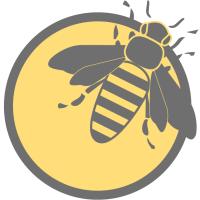Ecology versus society: Impacts of bark beetle infestations on biodiversity and restorativeness in protected areas of Central Europe
Biological Conservation, (February 2021)DOI: https://doi.org/10.1016/j.biocon.2020.108931
Abstract
Protected areas worldwide are important to maintaining biodiversity and providing recreational opportunities to society. However, many protected areas are affected by unprecedented, large and severe natural disturbances, like bark beetle outbreaks. Due to the contrasting responses of different taxonomic groups to disturbance events and largely negative human perceptions of disturbed landscapes, there are conflicting opinions about the appropriate way of managing affected stands. Aligning these different objectives and understanding the responses of biodiversity and visitors' perceptions to different disturbance severities is a prerequisite for disturbance management in protected areas. We conducted multi-taxon biodiversity surveys – including meta-barcoding hyperdiverse groups such as insects and fungi – and analysed the restorativeness (i.e. the landscape's ability to renew personal cognitive capacities for forest visitors) using visitor surveys in five national parks throughout Europe. Response curves of biodiversity and restorativeness were analysed along a continuous gradient of bark beetle infestation severities in Norway spruce forests on the same study plots. Arthropod biomass and the diversity of primary producers and pollinators increased linearly with increasing disturbance severity, while overall multi-diversity (an index of the average scaled species richness per taxonomic group) did not change. Restorativeness decreased linearly with increasing disturbance severity; however, even heavily disturbed forests still had high restorativeness. In spite of the ongoing debates about disturbance management, the high biodiversity and restorativeness that accompany disturbance suggest that major goals of protected areas are not threatened by bark beetle disturbances.
Description
Ecology versus society: Impacts of bark beetle infestations on biodiversity and restorativeness in protected areas of Central Europe - ScienceDirect

